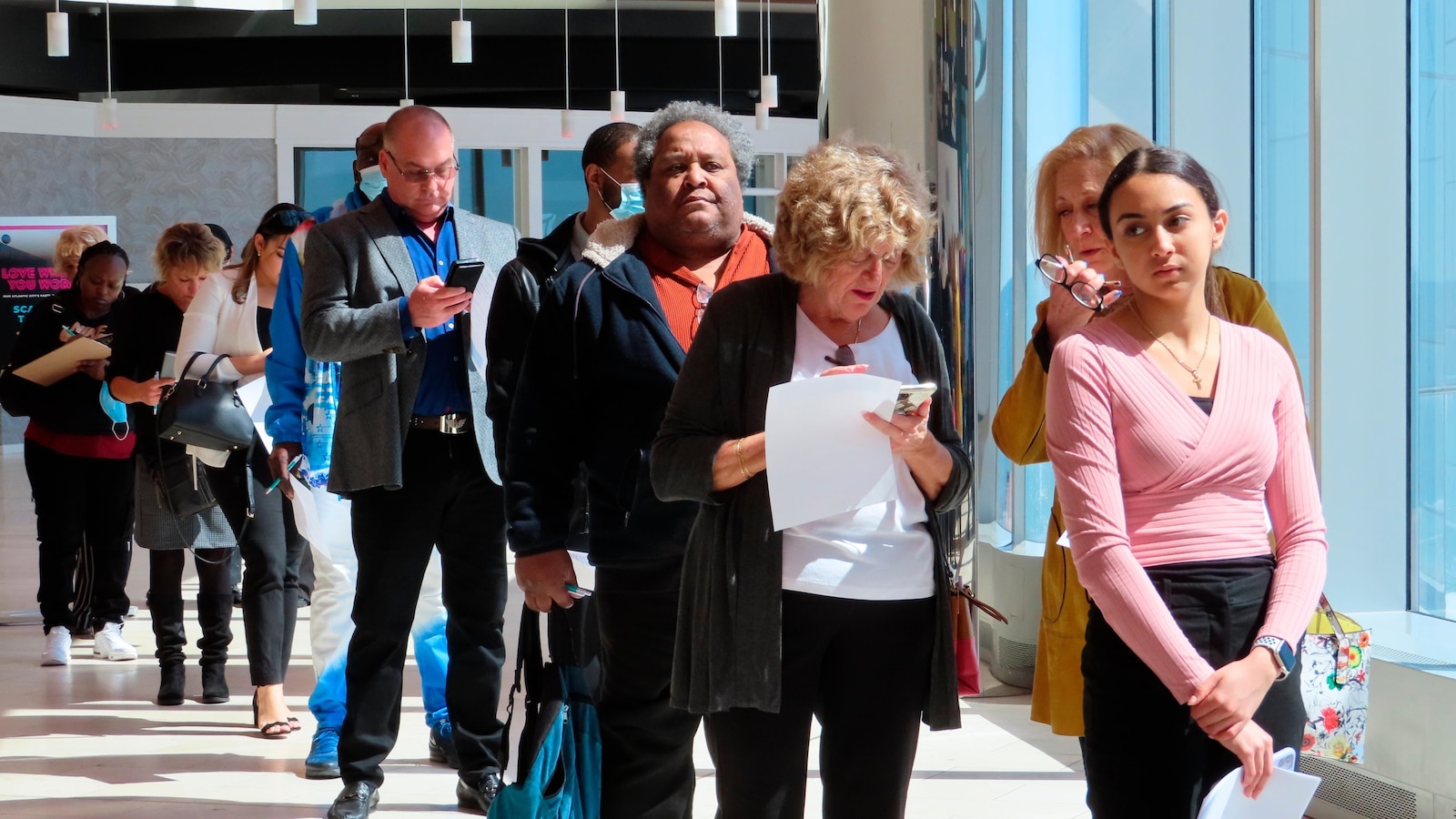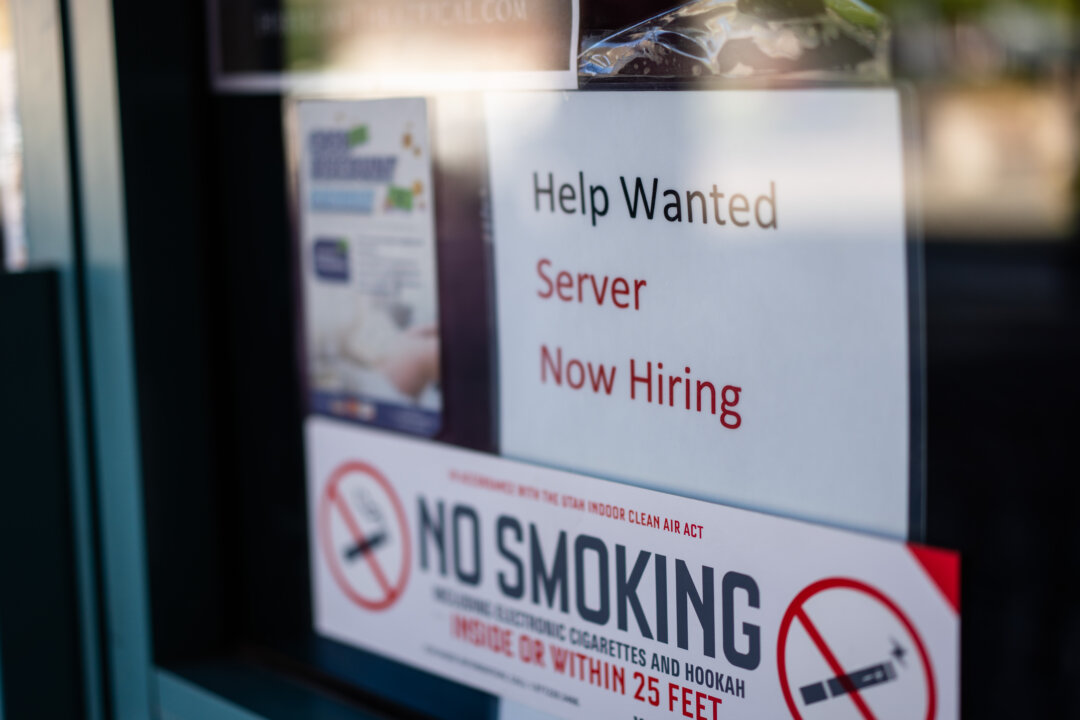US Unemployment Claims Remain Low Amid Mixed Job Market Signals
Weekly US unemployment benefit applications continue to indicate low levels of layoffs, despite a slight rise in total jobless benefits and a recent increase in the overall unemployment rate.
Overview
- Weekly U.S. unemployment benefit applications dropped, consistently indicating a low level of layoffs across the country, often falling below economist forecasts.
- The U.S. job market is characterized by low hiring and firing rates, with employers generally holding back on both significant hiring and widespread layoffs.
- While initial claims are low, the total number of Americans filing for jobless benefits slightly rose to 1.96 million, suggesting some individuals remain unemployed longer.
- The overall unemployment rate recently increased to 4.4%, reaching its highest level in four years, despite the ongoing low numbers of new weekly claims.
- Consumer confidence has significantly decreased, with views on employment prospects dimming, yet initial job claims continue to reflect persistent low job cuts.
Report issue

Read both sides in 5 minutes each day
Analysis
Center-leaning sources frame this story by emphasizing widespread worker anxiety and a challenging job market. They use loaded language like "tough time" and "piling up" to highlight the negative impact of layoffs. The coverage selectively emphasizes troubling economic details, even when presenting mixed data, to reinforce a narrative of uncertainty and job insecurity across various sectors.
Articles (6)
Center (3)
FAQ
The unemployment rate can rise even if initial jobless claims are low because the rate measures the total number of people unemployed, including those who have been out of work for a longer period. A rise in the unemployment rate may reflect people staying unemployed longer or re-entering the labor force, while low initial claims suggest fewer new layoffs are occurring.
An increase in continued unemployment claims suggests that more people are remaining unemployed for longer periods, which could indicate a slowdown in hiring or difficulty finding new jobs, even if new layoffs are not rising sharply.
Federal government layoffs can contribute to higher unemployment, especially if they occur in large numbers. Recent data shows a notable increase in jobless claims among federal workers, which may be influencing the rise in continued claims and overall unemployment.
Recent data shows job growth in health care, food services, and social assistance, while job losses are occurring in transportation and warehousing, as well as in the federal government sector.
Consumer confidence has decreased as people become more pessimistic about employment prospects, even though initial jobless claims remain low. This suggests that while layoffs are not widespread, people are concerned about job security and future hiring.
History
- This story does not have any previous versions.



